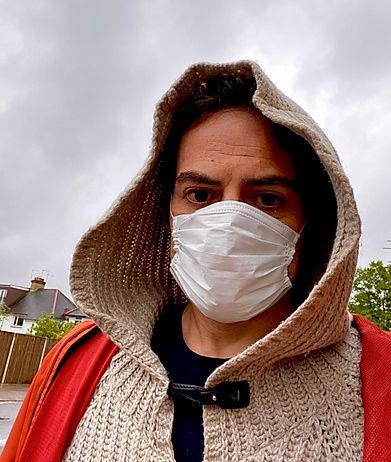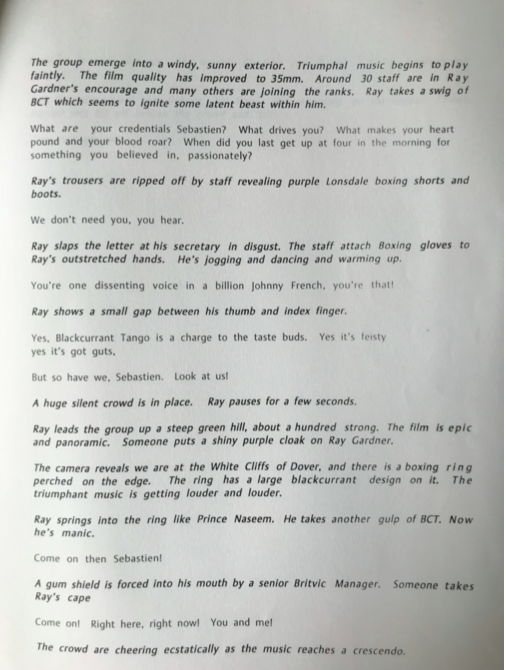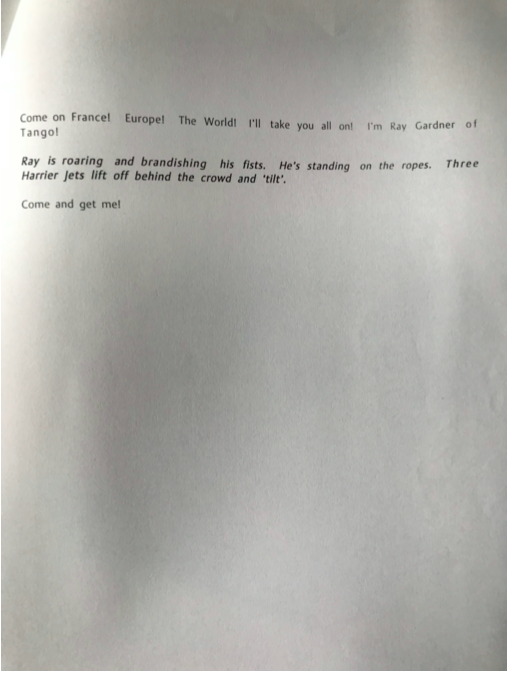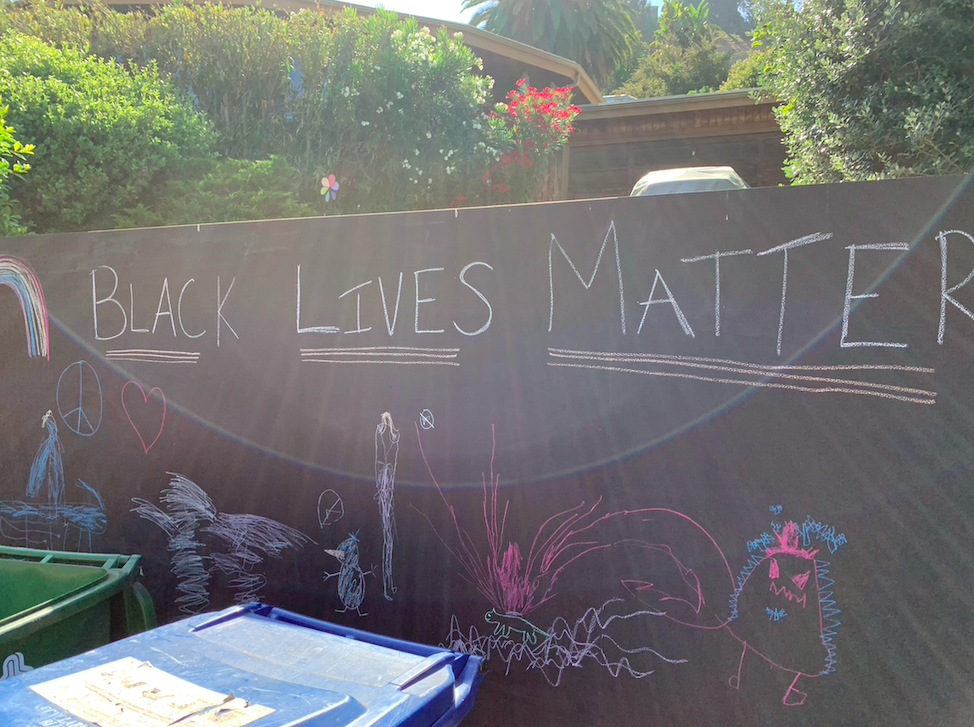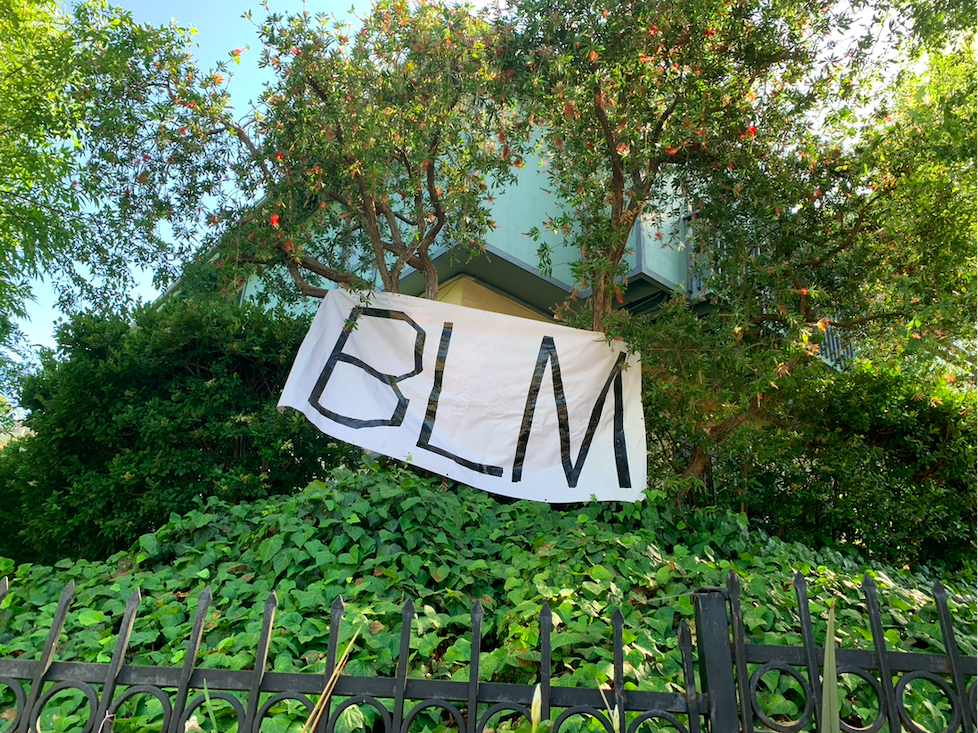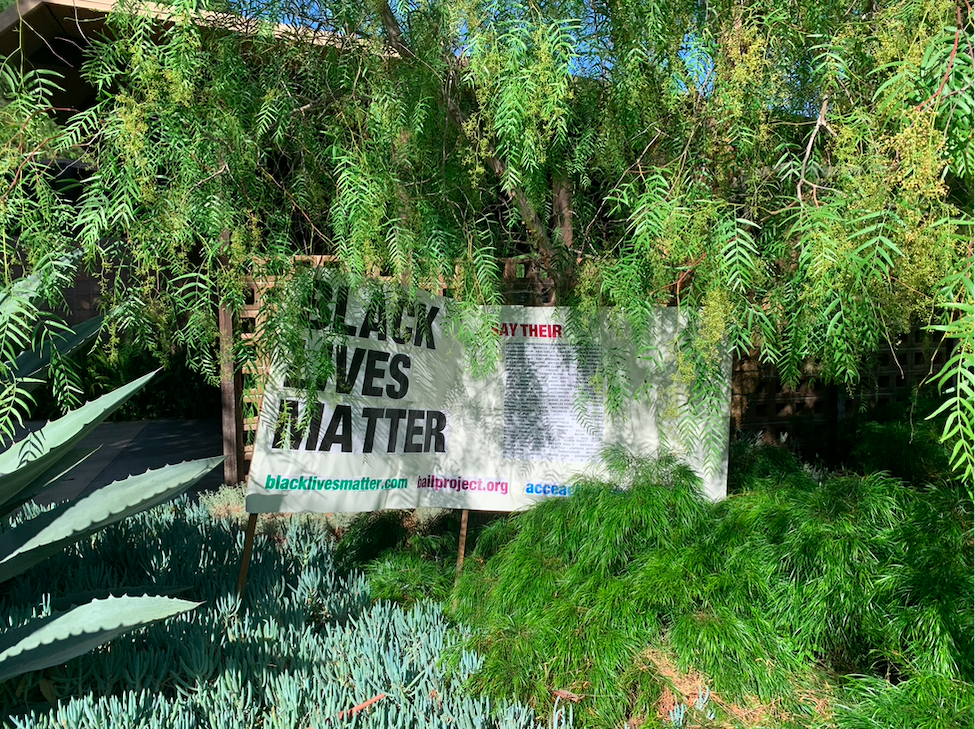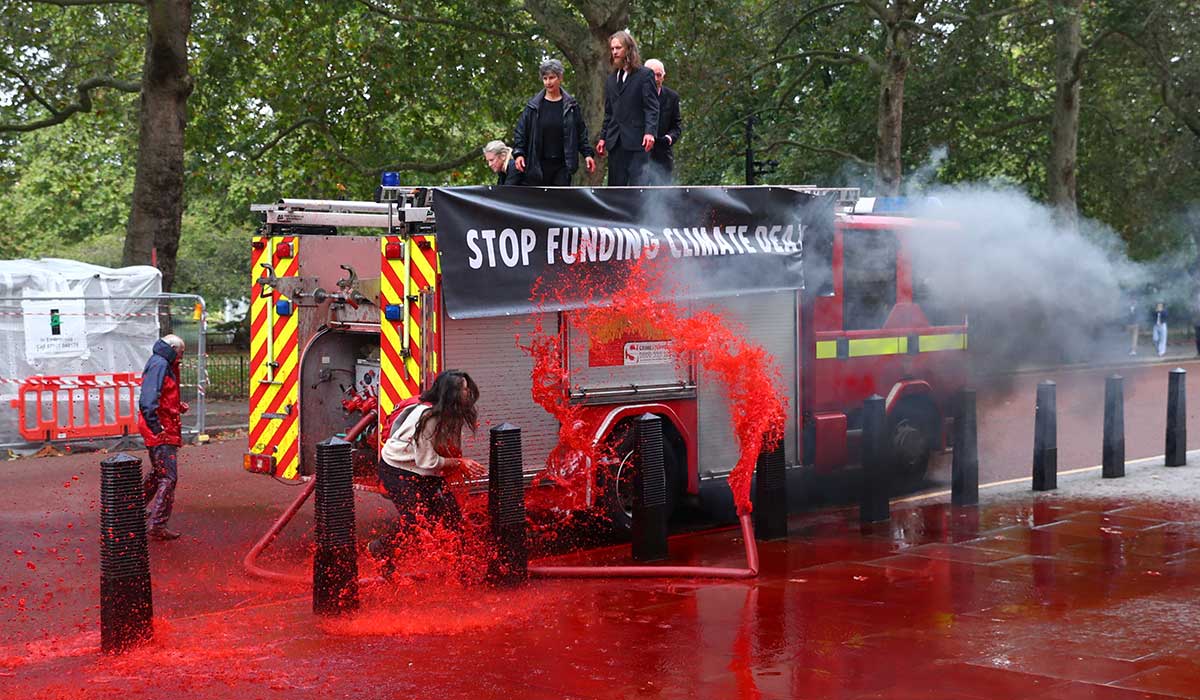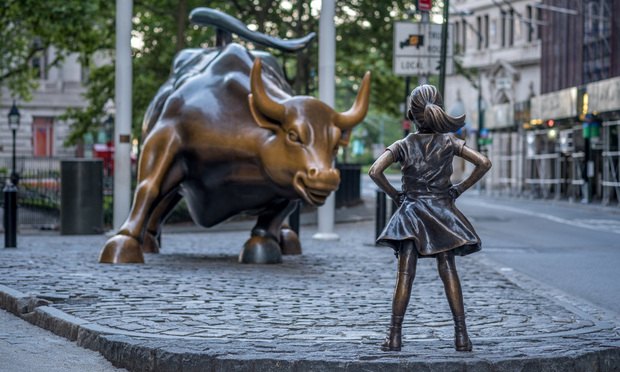I’m the arsenal, I got artillery, lyrics are ammo, rounds of rhythm, then I’ma give ’em piano. Bring a bullet-proof vest, nothin’ to ricochet, ready, aim at the brain, now what the trigger say. Tempos trifle, felt like the weekend.
How one of Netflix’s biggest mistakes helped build its weird culture.
The making of My Beautiful Dark Twisted Fantasy:
